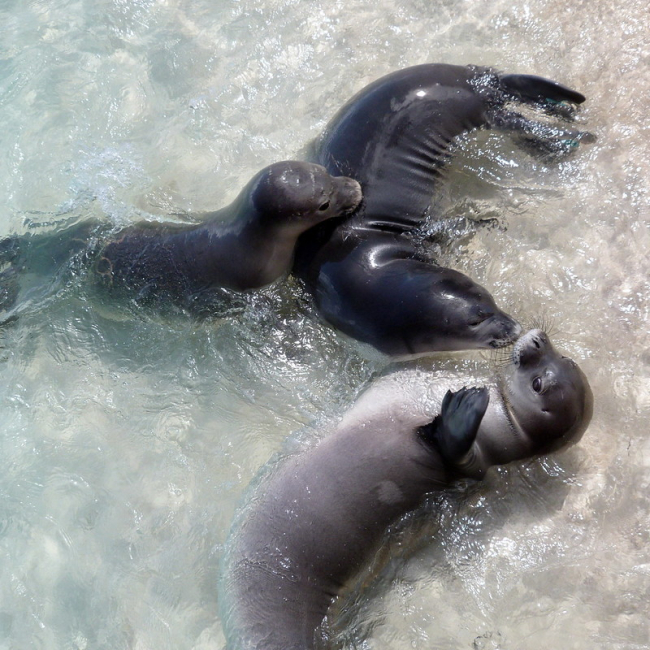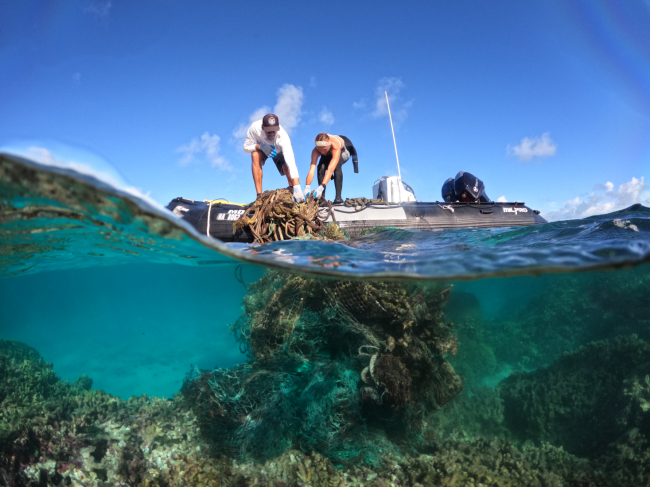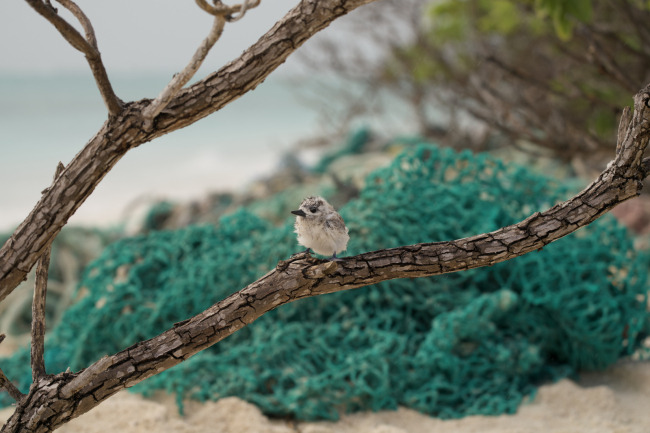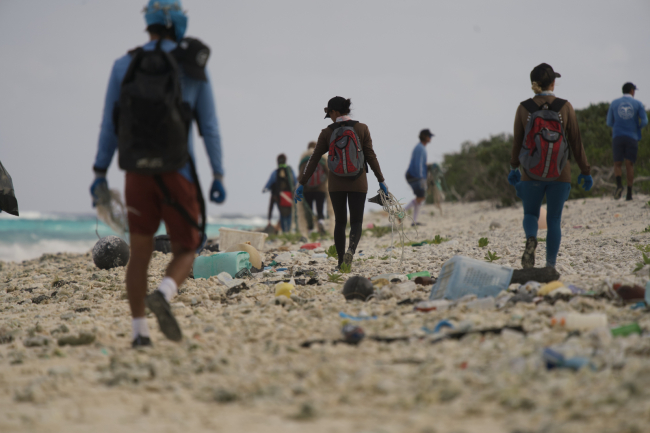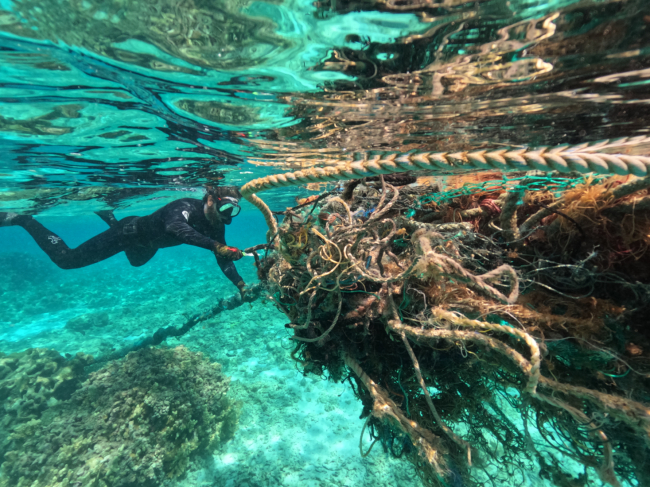Hawai‘i is home to many incredible sites, people, and species, including the Hawaiian monk seal. These seals are a vital part of the marine ecosystem in the Hawaiian islands and are an apex (or top) predator. Hawaiian monk seals are endemic to Hawai‘i, meaning they are native to the islands and can only be found there. They are also endangered and have been listed under the Endangered Species Act since 1976.
In 2024, about 1,600 monk seals are left in Hawai‘i, with approximately 1,200 located in Papahānaumokuākea Marine National Monument (monument) and 400 inhabiting the main Hawaiian Islands (Hawai‘i Island, Maui, Molokaʻi, Lana‘i, Kaho‘olawe, O‘ahu, Kaua‘i, and Ni‘ihau). The population has been steadily increasing for the past twenty years. However, they are still at roughly one-third of their historic population.
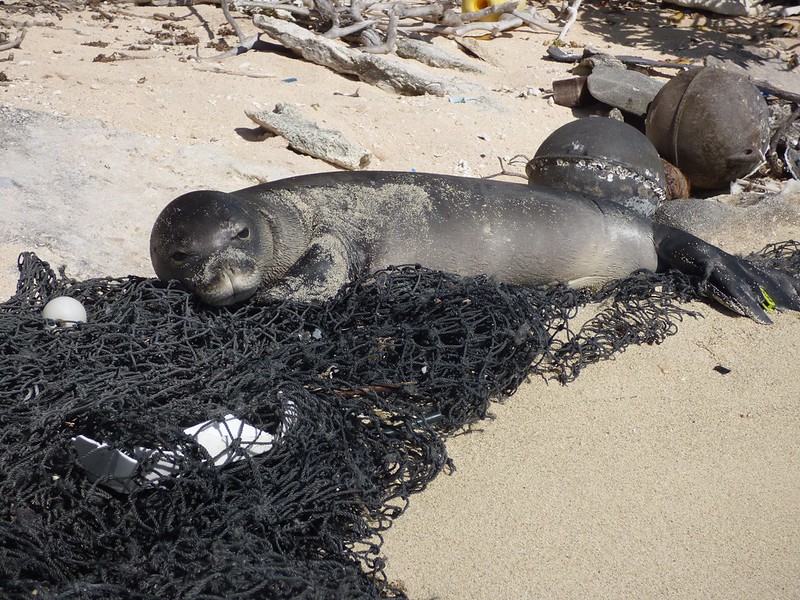
Hawaiian monk seals face many threats caused by humans, including food
limitation and habitat loss. However, one of their most significant threats is marine debris. Hawaiian monk seals are observed stuck in nets and fishing gear more than almost any other pinniped (seal, sea lion, or walrus) species. Seals can
be entangled in all types of derelict fishing gear, including nets, lines, and hooks from non-commercial and commercial fishing. Entanglement can make it difficult for seals to breathe, hunt for food, and escape from predators, potentially leading to injury or death. Entanglement is seen more frequently in Papahānaumokuākea Marine National Monument.
Since 1996, NOAA and partners have traveled to the monument to conduct large-scale removal missions of marine debris. The NOAA Marine Debris Program has been involved in these efforts since its establishment in 2006. Since these removal missions started, 1,167 metric tons, or 2,572,795 pounds, have been removed from the monument. NOAA estimates that 115,000 pounds of derelict fishing gear enter the monument annually. Missions to the monument are now conducted by the Papahānaumokuākea Marine Debris Project (PMDP), and funded by the NOAA Marine Debris Program.
During these missions, many Hawaiian monk seals have been seen interacting with fishing gear and other marine debris. Removal teams work to collect this debris is essential to keeping monk seals safe, but we can all do our part to stop marine debris.
Here’s how you can reduce the impacts of marine debris on Hawaiian monk seals:
- Take action in your community and conduct a beach cleanup
- Refuse, reduce, reuse, and recycle!
- Subscribe to the MDP Newsletter to learn more about the work in action.
- Expand your knowledge and spread awareness of marine debris with our educational resources.
- Contact your Marine Debris Program Regional Coordinators to learn about what is going on in your community

